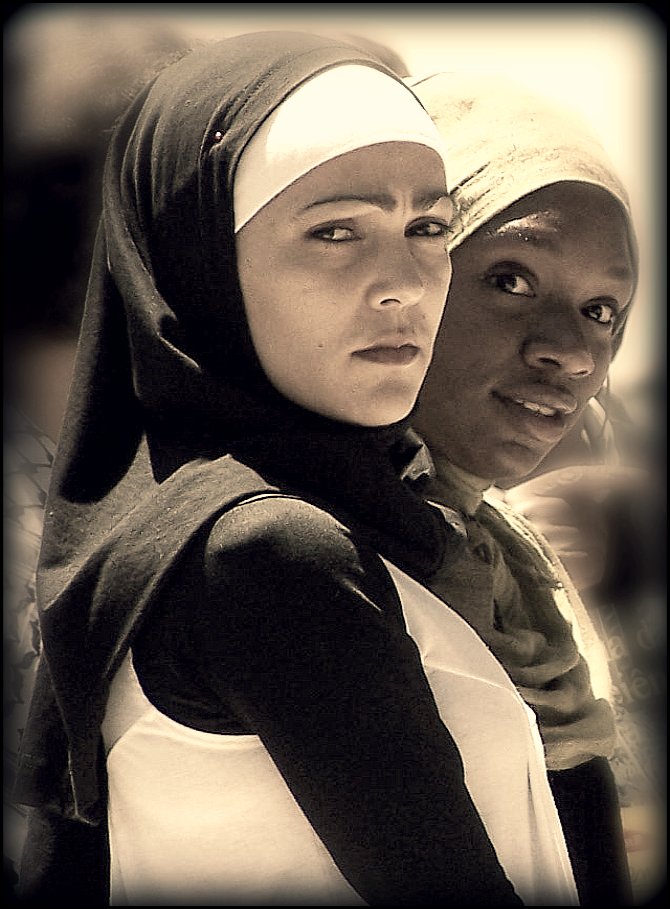

These theoretical considerations suggest that more work could be done in expanding the field in its engagement with prevalent theories in the field of global Islamic studies and those that treat the Americas as a geography of dynamic hemispheric engagement and encounter.

The essay makes theoretical suggestions for where scholars could inject their energy and efforts to advance this unfolding field of study. This essay offers a brief review of existent literature in the field of Islamic studies in Latin America, the Caribbean, and the Americas focusing on its main themes and suggesting some areas for further consideration and research. These demographics invite a more thorough study of under-appreciated religious populations that present ample opportunities for research in cultural studies, sociology, anthropology, and specifically apropos to the ethnographic study of religion. This chapter discusses some population data concerning Muslims in the Americas and offers pathways for further research based on these statistics. Furthermore, de- mographic data can prove an ad rem avenue into the field. But why? Are the numbers appreciating? Or is the community a particularly ripe field for understanding currents in race, culture, religion, globalization, and other rel- evant topics in the social sciences? Researchers can learn much about the way religion and culture act upon, and relate to, today’s globalized world from studying Muslims in the Americas. There are now entire books and numerous journal articles, encyclopedia entries, and conference presenta- tions on the topic (Khan 2015b Chitwood 2014, Narbona, Pinto, and Karam 2015 Morales 2012). Research on Muslim communities in the Americas is on the rise.


 0 kommentar(er)
0 kommentar(er)
